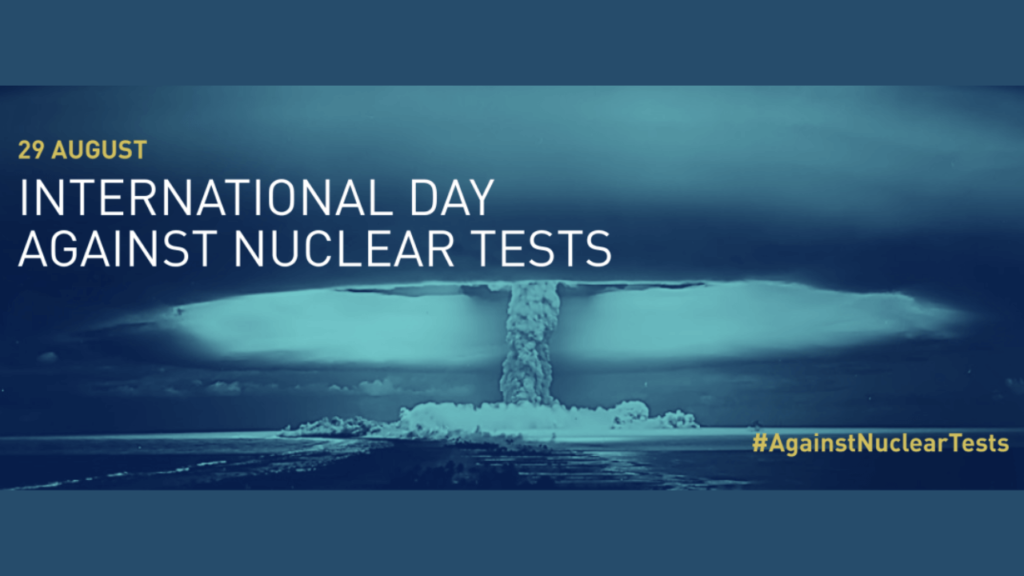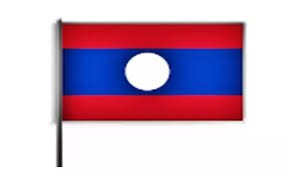International Day Against Nuclear Tests 2023
On August 29th every year, the world commemorates the International Day Against Nuclear Tests. This day holds immense importance, especially for students preparing for various government exams, as it not only raises awareness but also touches upon critical aspects of global security and diplomacy. In this article, we will delve into the significance, historical context, and key takeaways related to the International Day Against Nuclear Tests.

Why This News Is Important
The Global Stance on Nuclear Proliferation : In a world marked by geopolitical tensions, the issue of nuclear weapons remains at the forefront. Understanding the significance of this day helps aspirants of government exams comprehend the global stance on nuclear proliferation and disarmament.
Preventing Catastrophic Events : Nuclear tests have the potential to cause catastrophic events that affect not only the nation conducting the test but also neighboring countries and the world at large. Acknowledging the importance of halting such tests is crucial for maintaining global peace.
Historical Context
The International Day Against Nuclear Tests traces its origins to the Comprehensive Nuclear-Test-Ban Treaty (CTBT). The CTBT is a multilateral treaty that aims to ban all nuclear explosions for both civilian and military purposes. It was adopted by the United Nations General Assembly in 1996. However, it has not yet entered into force, as some key nuclear-armed states have not ratified it.
The historical context revolves around the world’s quest for disarmament and the prevention of nuclear proliferation. It underscores the need for international cooperation and diplomacy to address the global threat posed by nuclear tests.
Key Takeaways from International Day Against Nuclear Tests 2023
| Serial Number | Key Takeaway |
|---|---|
| 1. | The International Day Against Nuclear Tests is observed annually on August 29th to raise awareness about the dangers of nuclear tests. |
| 2. | It is closely linked to the Comprehensive Nuclear-Test-Ban Treaty (CTBT), which aims to ban all nuclear explosions. |
| 3. | Despite the CTBT’s adoption in 1996, it has not yet entered into force due to non-ratification by key nuclear-armed states. |
| 4. | The day highlights the global community’s commitment to nuclear disarmament and the prevention of nuclear testing. |
| 5. | Understanding the significance of this day is essential for aspirants of government exams, as it sheds light on global security and diplomacy issues. |
Important FAQs for Students from this News
Q1: What is the purpose of observing the International Day Against Nuclear Tests?
A1: The International Day Against Nuclear Tests is observed to raise awareness about the dangers of nuclear tests and promote global nuclear disarmament.
Q2: What is the Comprehensive Nuclear-Test-Ban Treaty (CTBT)?
A2: The CTBT is a multilateral treaty aimed at banning all nuclear explosions, both for civilian and military purposes.
Q3: Why has the CTBT not yet entered into force since its adoption in 1996?
A3: The CTBT has not entered into force because some key nuclear-armed states have not ratified it.
Q4: How does the International Day Against Nuclear Tests relate to global security and diplomacy?
A4: It underscores the importance of international cooperation and diplomacy in addressing the global threat posed by nuclear tests.
Q5: Why is it important for government exam aspirants to be aware of this day?
A5: Understanding this day is essential as it relates to critical global security issues, which are often part of government exam syllabi.
Some Important Current Affairs Links














